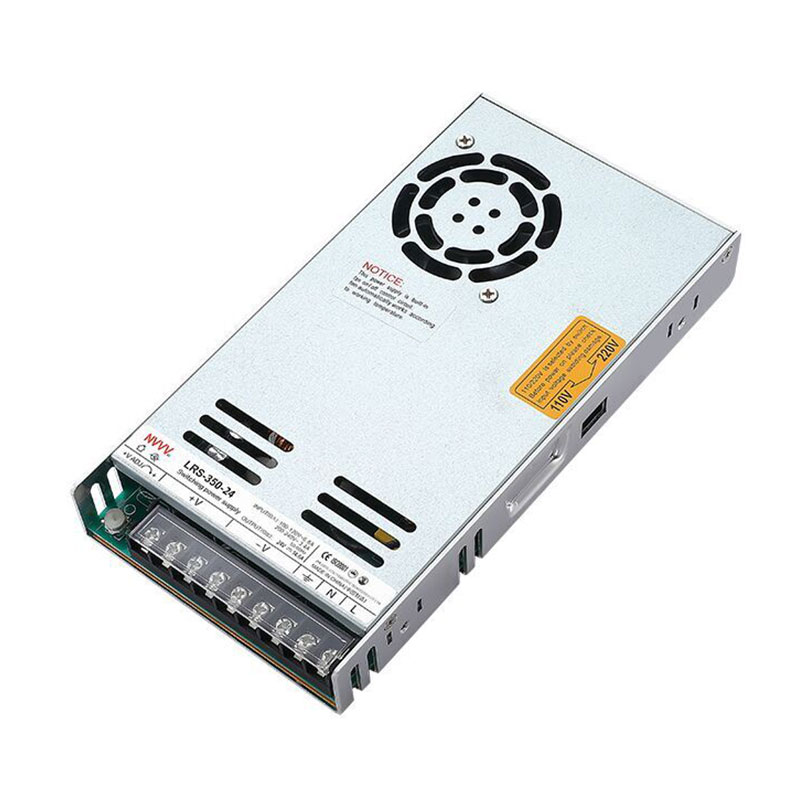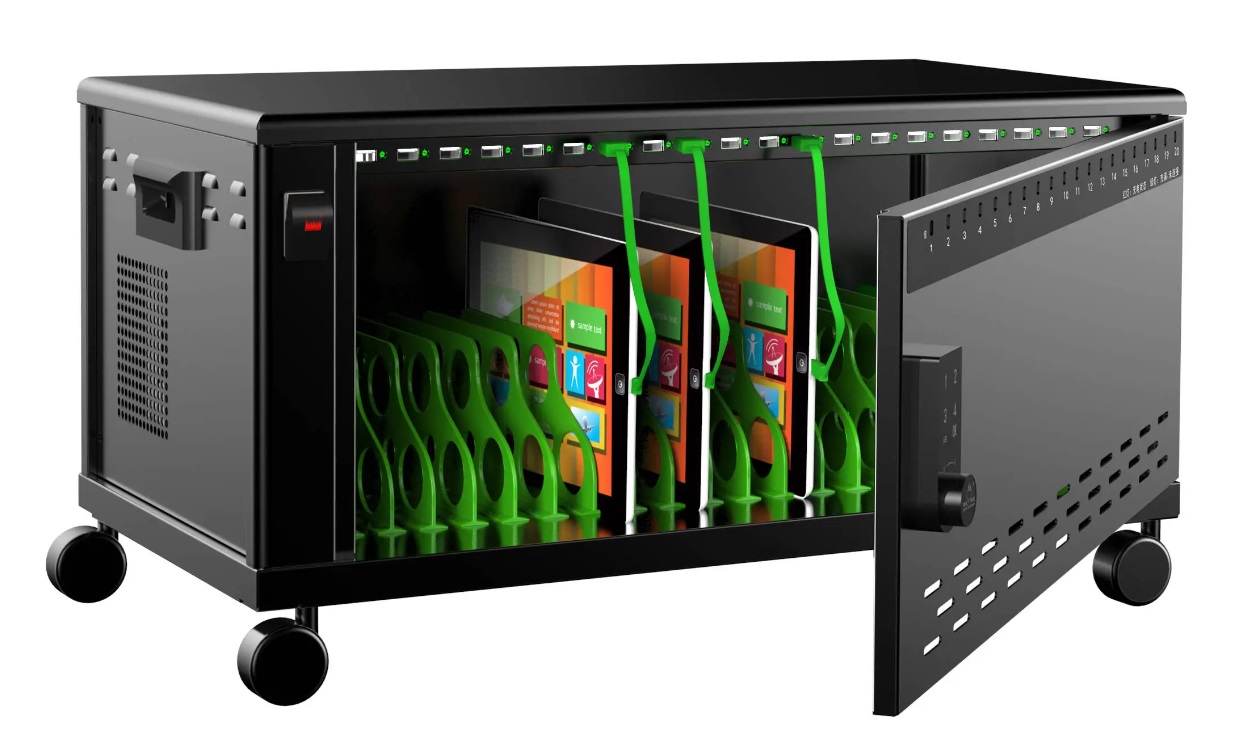What is SMPS advantages and disadvantages?
Switching mode power supply (SMPS) is an important device in modern power conversion systems and is widely used in many fields such as industry, communication, and consumer electronics. It achieves efficient conversion of electrical energy through high-frequency switching technology and provides stable DC power. Although SMPS has many advantages, it also has some disadvantages that need to be noted. This article will discuss in detail the advantages and disadvantages of SMPS and its performance in different application scenarios.
What is a switch mode power supply (SMPS)?
Definition and basic principles of SMPS
Switched Mode Power Supply (SMPS) is a power device that converts input power to the required output voltage through high-frequency switching elements. Compared with traditional linear power supplies, SMPS controls the output voltage by adjusting the duty cycle of the switching elements, thereby greatly improving the power conversion efficiency.
Its basic working principle is to modulate the input DC or AC power through a high-frequency switch (usually a transistor or MOSFET), and then convert the modulated high-frequency signal into a stable output DC power through a filter and a transformer. Due to the high switching frequency of SMPS, the volume can be made smaller, while reducing energy waste.
Main components of SMPS
SMPS is mainly composed of the following key components:
Input rectifier and filter: used to convert the input AC power into DC power and remove interference signals.
Switching element: control the transfer of input power through high-frequency switching.
Transformer: used to change the voltage level and provide electrical isolation.
Output rectifier and filter: convert high-frequency signals into DC output and remove high-frequency noise.
Control circuit: monitor and adjust the output voltage to ensure stable operation of the system.
What are the advantages of SMPS?
Switching mode power supply is superior to traditional linear power supply in many aspects and is widely used in various electronic devices and industrial control systems. The following are several main advantages of SMPS.
High efficiency
One of the biggest advantages of SMPS is its high efficiency. Since SMPS performs energy conversion through switching elements, rather than resistive regulation commonly found in linear power supplies, energy loss is less. The typical efficiency of SMPS can reach 80%-90%, while the efficiency of linear power supply is usually only about 50%.
For example, in a high-power device, the use of SMPS can significantly reduce the waste of electrical energy, thereby reducing operating costs and heat generation. This makes SMPS very popular in devices with high power consumption, such as servers, computers, and industrial power systems.
Small size and light weight
Due to the high operating frequency of SMPS, the transformer and other filtering components inside it can be made smaller and lighter. Therefore, SMPS is more compact and portable than traditional linear power supplies. This makes it occupy an important position in some applications with strict requirements on volume and weight, such as mobile devices, portable electronic products, and drone control systems.
In industrial control, the use of miniaturized SMPS helps the modular design of equipment, improves equipment integration, and saves more space.
Wide output voltage range
SMPS can easily achieve a variety of output voltages by adjusting the operating frequency and duty cycle. Whether providing high or low voltage output, SMPS can flexibly adapt to different power requirements. Therefore, SMPS performs well in complex equipment that requires different voltage supplies.
For example, in a multi-voltage output communication device, SMPS can provide multiple voltage outputs such as 5V, 12V, 24V, etc. at the same time to meet the power requirements of different modules in the device.
Good heat dissipation effect
Due to the high efficiency of SMPS, the heat generated is relatively small. In addition, its small size and the components and materials used can quickly dissipate heat, which enables SMPS to maintain a stable temperature level during long-term operation, thereby extending the service life of the equipment.
In high temperature or harsh working environments, the good heat dissipation performance of SMPS makes it more advantageous than traditional linear power supplies, especially in fields such as industrial automation equipment and communication base stations.
What are the disadvantages of SMPS?
Although SMPS has many advantages, it is not perfect. The following are some common disadvantages of SMPS that need to be considered when using it.
Large electromagnetic interference (EMI)
Since switching power supply operates at high frequency, high-frequency switching actions are prone to electromagnetic interference (EMI). This interference may affect the normal operation of other electronic devices, especially in places with high requirements for electromagnetic compatibility, such as medical equipment, communication equipment, etc.
To solve this problem, SMPS usually needs to add additional filters and shielding devices to reduce electromagnetic interference. However, this will increase the complexity and cost of the system.
Complex circuits and high design requirements
The design of SMPS is relatively complex and requires precise control and regulation circuits to ensure stable output voltage. This requires designers to have a high level of circuit design knowledge and precision components to maintain its stability.
In addition, SMPS also has high requirements for component quality. If the component quality is poor, it may cause unstable power supply or even damage the connected load equipment. Therefore, the manufacturing and maintenance costs of SMPS are relatively high.
Switching noise
The high-frequency switching working principle of SMPS is prone to noise, especially when the load changes greatly. This switching noise may be transmitted through the power line or radiation, affecting the audio signal or sensitive electronic components of the equipment.
In some noise-sensitive applications, such as audio equipment, precision instruments, etc., additional measures must be taken, such as using high-quality filtering components to reduce noise interference.
High initial cost
Compared with traditional linear power supplies, SMPS has a higher manufacturing cost. This is because the circuit of SMPS is more complex, the components used are more advanced, and it requires higher design and testing costs. Therefore, in scenarios with tighter budgets, linear power supplies may be chosen instead of SMPS.
However, although the initial cost of SMPS is high, its high efficiency and energy-saving characteristics often offset the initial investment cost in the long run, especially in large-scale applications or long-term operation of equipment.
What are the common application scenarios of SMPS?
SMPS has been widely used in many fields due to its high efficiency and flexibility. The following is the performance of SMPS in some common application scenarios.
School Network Laptop Charging Cabinet
In modern schools, network laptop charging cabinets are common equipment, which need to provide a stable power supply for a large number of laptops. SMPS performs well in this application because it can efficiently convert electricity and provide power to multiple devices at the same time. In addition, SMPS is small and easy to integrate into the charging cabinet, ensuring that each laptop can be stably charged.
3D Printer
3D printers require precise power supply to ensure the stable operation of the print head and heated bed. SMPS can provide a constant voltage output to ensure that the printing process is not affected by voltage fluctuations. At the same time, the high efficiency and low heat generation characteristics of SMPS can effectively reduce the overall energy consumption of 3D printers and extend the service life of the equipment.
Embroidery Machine
In industrial embroidery machines, SMPS can provide precise power support for embroidery heads. Since embroidery machines require high-speed and stable operation, the high efficiency and low noise characteristics of SMPS can ensure that the embroidery machine can still run smoothly under high load conditions. In addition, the multi-voltage output function of SMPS can provide different voltage requirements for different parts of the embroidery machine at the same time.
Watering Machine
In automated agriculture, the irrigation system requires a long-term and stable power supply, and the high efficiency and durability of SMPS make it an ideal power supply choice for the irrigation machine. It can ensure that the system can still operate efficiently in the harsh environment of remote and remote areas. At the same time, the high efficiency of SMPS helps to reduce energy consumption and reduce agricultural production costs.
Conclusion
Switch mode power supply (SMPS) has significant advantages in the field of power supply. Its high efficiency, compactness and flexibility enable it to perform well in various application scenarios. Although it also has problems such as electromagnetic interference and complex design, through reasonable design and optimization, SMPS is an excellent choice in most scenarios. With the continuous development of technology, the shortcomings of SMPS are gradually being solved, making it occupy an increasingly important position in the field of power conversion in the future.











